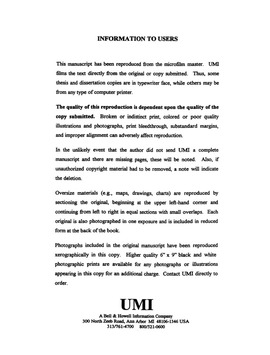| dc.description.abstract | Water-filled tree holes are phytotelmata formed when rain collects in branch crotches and other wood-lined cavities. Repeated surveys of natural and artificial water-filled tree holes on Barro Colorado Island (BCI), Panama, (1994--1998) revealed 59 species of macroorganisms associated with this habitat. A typical hole contained 5 or 6 macroorganism species, but up to 14 taxa occurred in some holes. Total macroorganism abundance and species richness increased with hole volume. Species richness in both natural and artificial holes declined with increasing height above the ground. Macroorganism abundance and species richness were not correlated with pH, conductivity or dissolved oxygen content of tree hole water. Microvelia cavicol, a new species discovered in BCI tree holes generally occurred in the same holes throughout the wet season and in successive years. Hole size and shape were the best predictors of its abundance. Leaves from different tree species decomposed at different rates and degraded faster when grazers were present. Pupation success was highest for mosquito larvae reared on Platypodium litter in the tab. Similar results were obtained in the field, where macroorganism species richness and persistence times were greatest in artificial holes containing Platypodium litter. Litter decomposition rates were faster in the presence of mosquitoes, and odonates reduced mosquito survival. Predators had no indirect effect on litter decomposition. Small mosquito larvae apparently escaped predation and maintained a significant grazer effect on litter decay rates in the presence of odonates. Fewer species existed in holes containing large odonates vs. holes from which odonates were excluded. Selective predation is probably responsible for this pattern. Standardized litter addition increased mean species richness in tree holes, whereas litter removal reduced mean richness. Effects of litter manipulations disappeared five weeks after treatments were terminated. In artificial tree holes, litter quantities affected macroorganism abundance and species richness, but only during the first three weeks. Addition of an odonate larva on Week 3 had no effect on abundance, but reduced species richness during the subsequent four weeks. | en_US |
